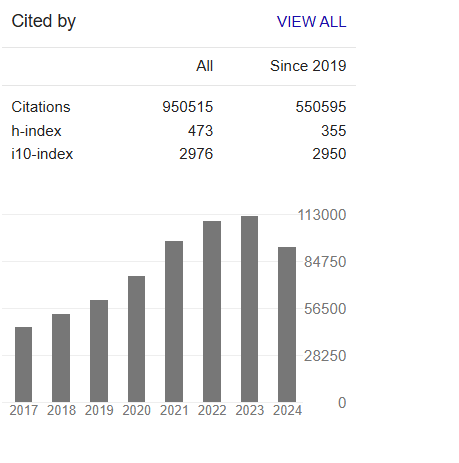Effect of the Processing Parameters of Doping Lime, Calcium and Zinc of Aluminium Alloys Recovered from Scrap
Abstract
Mahmoud A. Rabah
The present work shows the effect of the processing parameters of separately doping lime, calcium and zinc on the properties of an aluminium alloy recovered from scrap. Two routes viz pyrometallurgy and powder metallurgy were involved the parameters displayed by the concentration of the alloying agents, time and temperature have been stud- ied. Results showed that powder metallurgy promotes a wide spectrum for doping the host alloy. The doping process of lime to the molten aluminium needs more time as compared to the zinc metal. A heterogeneous structure of the eu- tectic phase developed with lime or calcium gradually affects the mechanical properties of the Al alloy. It decreased the density by 15.5 %, and increases its hardness to about 37 V. Calcium formed a eutectic phase Al4Ca at lower concentrations. The eutectic (Al)+Al4Ca of fine structure and the particles of Al4Ca are capable of spheroidization during heat treatment at ≥ 500 °С. The maximum hardness observed with lime-containing Al alloy gives a reason to expect a slight increase in mechanical strength properties. In the powder metallurgy method, Al was prepared by chemical victimization reducer hydrazine hydrate. The Al-Ca-Zn system is promising for the development of new eutectic type high-strength aluminium alloys. With zinc, the pyrometallurgy is far more convenient as compared to powder metallurgy. Zinc is uniformly distributed between aluminium solid solution and the intermetallic phases of the Al-Zn-Ca system. The activation energy of adding lime or calcium to the Al alloy amounts to 27.533, kJ/mol with a recovery potency of 98.7%. A process of annealing regenerated homogeneous structure when matched under a flux of carbon/alkali mix.



